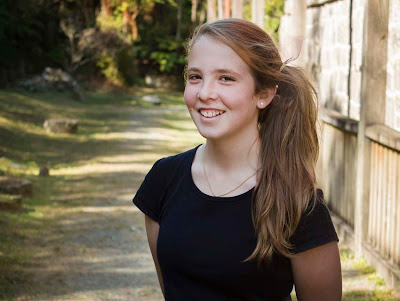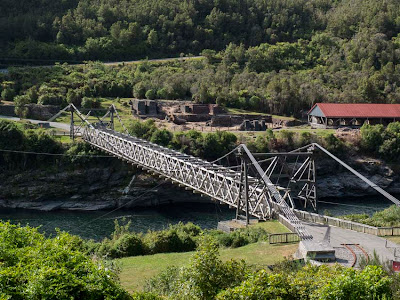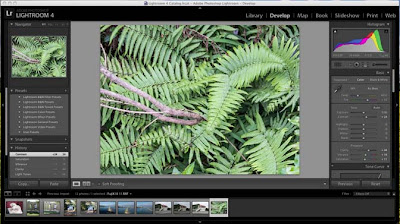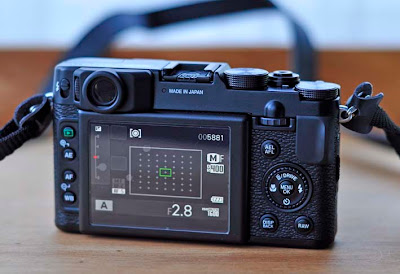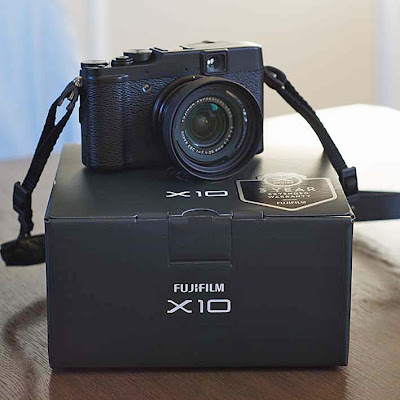Panoramas with the Fuji X10

Last post detailed my trip to the Stockton Opencast Mine, and eluded to the incredible vistas that you can see from the top of the Stockton plateau. These are some amazing views - too grand to simply capture with one image. So naturally, with my DSLR hat on, I immediately thought 'panorama'. Shoot a series of images, stitch them together in photoshop and bingo, you got yourself a pano. But, of course, I didn't have my DSLR with me. I had the Fuji X10. Which just happens to have a 'Panorama' mode in the 'Advanced' dial on the camera. Stockton Opencast Mine, Stockton Plateau Switching to the advanced mode and choosing 'Panorama', gives you several options. You can choose to shoot a 120, 180 or 360 degree panorama (by default it will start at 360). You can also choose to sweep the camera from left to right or right to left, up to down or down to up (for vertical panoramas). I started with the 360 degree panorama, but it was a bit 'too


